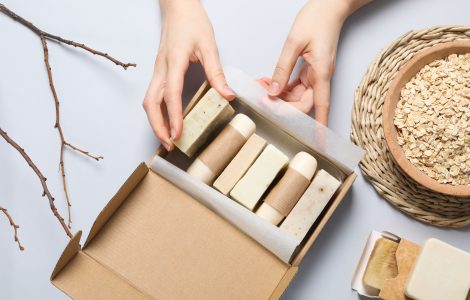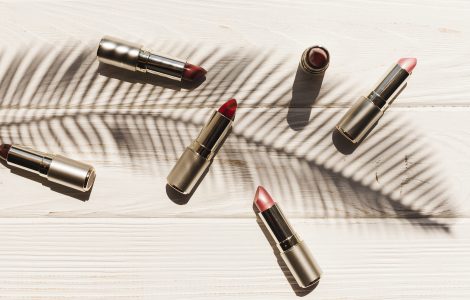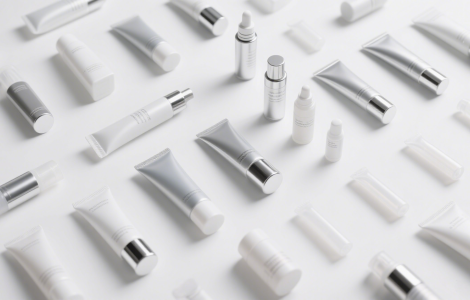Laminate tubes have become one of the most popular packaging solutions across cosmetics, pharmaceuticals, food, and personal care industries. By combining multiple material layers, they offer excellent barrier protection, attractive printing options, and cost efficiency.
This article explains what laminate tubes are, outlines the available types, highlights their advantages and disadvantages, shows how manufacturers make them, and explores the industries that use them most. As a brand owner, packaging buyer, or manufacturer, you can understand laminate tubes better and make smarter sourcing decisions.
What Are Laminate Tubes?
Manufacturers create laminate tubes by combining plastics, aluminum, and barrier films into multi-layered packaging. They laminate sheets into a tube shape, seal the edges, and attach shoulders and caps.
Unlike mono-plastic or aluminum tubes, laminate tubes combine the strengths of each material, offering durability, barrier protection, and flexible decoration.
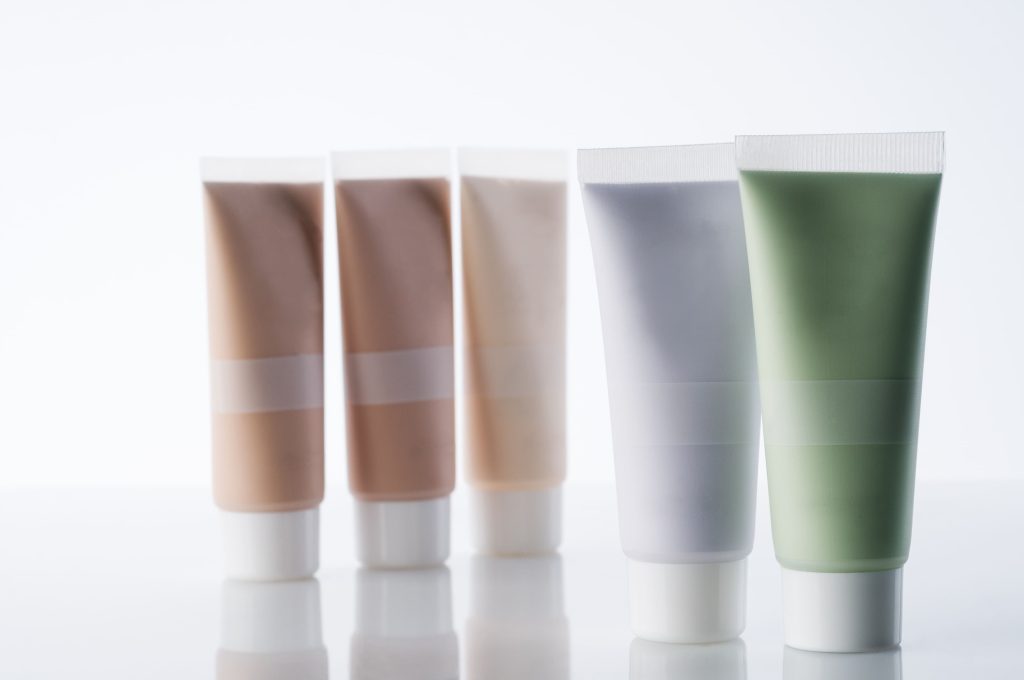
Types of Laminate Tubes
ABL (Aluminum Barrier Laminate) Tubes
- Contain a thin aluminum foil layer that provides strong protection against oxygen, moisture, and light.
- Suitable for products with high sensitivity, such as pharmaceutical creams, medicated ointments, and toothpaste.
- Limitation: aluminum makes recycling more difficult and tubes less elastic after squeezing.
PBL (Plastic Barrier Laminate) Tubes
- Use plastic barrier films such as EVOH instead of aluminum.
- Offer lightweight structure, better recyclability, and enhanced flexibility.
- Preferred for cosmetics and skincare products where appearance and sustainability matter.
Co-Extruded Laminate Tubes
- Made by co-extruding multiple plastic layers, often without aluminum.
- Provide seamless appearance, 360° decoration, and strong design flexibility.
- Popular in premium cosmetics and food packaging where shelf appeal is critical.
Advantages of Laminate Tubes
| Feature | Benefit |
|---|---|
| Barrier Protection | Shields contents from oxygen, moisture, and light, ensuring product stability. |
| Aesthetic Flexibility | High-quality printing, metallic effects, matte or glossy finishes. |
| Cost Efficiency | More affordable than aluminum tubes, while maintaining strong performance. |
| Lightweight | Reduces transportation costs and improves consumer convenience. |
| Hygienic & Safe | Suitable for direct contact with food, cosmetics, and pharmaceuticals. |
Disadvantages of Laminate Tubes
- Recycling Challenges: Multi-layer structure can make material separation difficult.
- Shape Retention: ABL tubes may not bounce back after squeezing, affecting shelf appearance.
- Seam Visibility: Laminated edges can sometimes be visible, though advanced designs reduce this issue.
How Laminate Tubes Are Made
The production of laminate tubes follows a precise step-by-step process:
- Material Preparation – Manufacturers print laminate sheets (plastic + barrier film + optional aluminum) before forming the tube.
- Tube Body Formation – Operators wrap the sheets into a cylindrical shape and seal the edges.
- Shoulder & Head Molding – Machines fuse injection-molded shoulders with the tube body.
- Capping & Sealing – Workers or automated systems attach caps and seal the bottom of the tube.
- Quality Control – Inspectors test each tube for barrier performance, sealing strength, and print accuracy.
This active process ensures laminate tubes deliver strong barrier properties while allowing full customization in decoration.
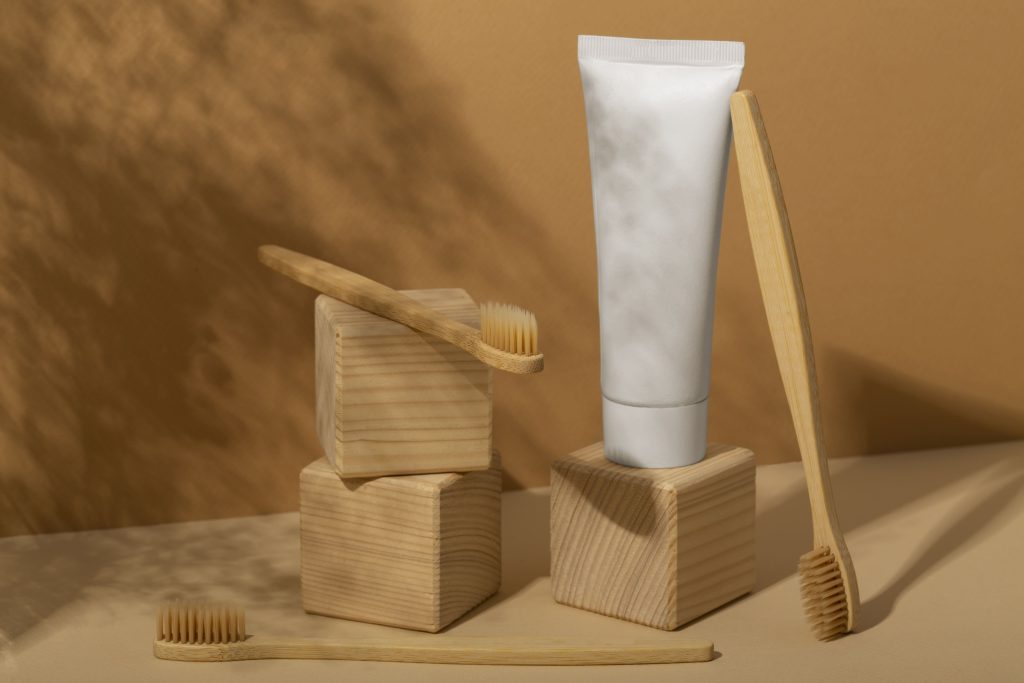
Applications of Laminate Tubes
Cosmetics & Personal Care
Facial creams, lotions, and shampoos often use PBL or co-extruded laminate tubes for their visual appeal and ease of branding.
Oral Care & Pharmaceuticals
Toothpaste and medical ointments rely on ABL laminate tubes for maximum protection against oxygen and moisture.
Food & Beverages
Sauces, condiments, and edible gels are increasingly packaged in laminate tubes because of hygiene and controlled dispensing.
Market Trends & Sustainability
The global laminate tubes market is expected to grow steadily due to rising demand in cosmetics and healthcare packaging. Sustainability is also shaping the future:
- Reduced Aluminum Content: Moving from ABL to recyclable PBL structures.
- Mono-Material Designs: Development of fully recyclable laminate tubes.
- Eco-Friendly Printing: Use of solvent-free inks and biodegradable coatings.
Brands choosing laminate tubes today must consider not only performance but also environmental responsibility.
Buying Guide: Choosing the Right Laminate Tube
When selecting laminate tubes for your product, consider these factors:
- Product Sensitivity – Choose ABL for oxygen-sensitive formulas, or PBL for standard skincare and personal care.
- Brand Image – Opt for co-extruded tubes if high-end decoration and seamless design are priorities.
- Sustainability Goals – Select recyclable laminate structures if your brand emphasizes eco-friendly packaging.
- Cost & Logistics – Evaluate total costs including printing, transportation, and storage.
- Regulatory Compliance – Ensure materials meet food-grade, cosmetic, or pharmaceutical safety standards.
Conclusion
Laminate tubes provide the perfect balance of protection, appearance, and cost. By understanding the differences between ABL, PBL, and co-extruded options, companies can select the most suitable packaging for their products.
As sustainability becomes a central concern, laminate tubes are evolving toward recyclable and eco-friendly designs. For businesses in cosmetics, healthcare, or food packaging, laminate tubes remain a reliable and innovative solution.

